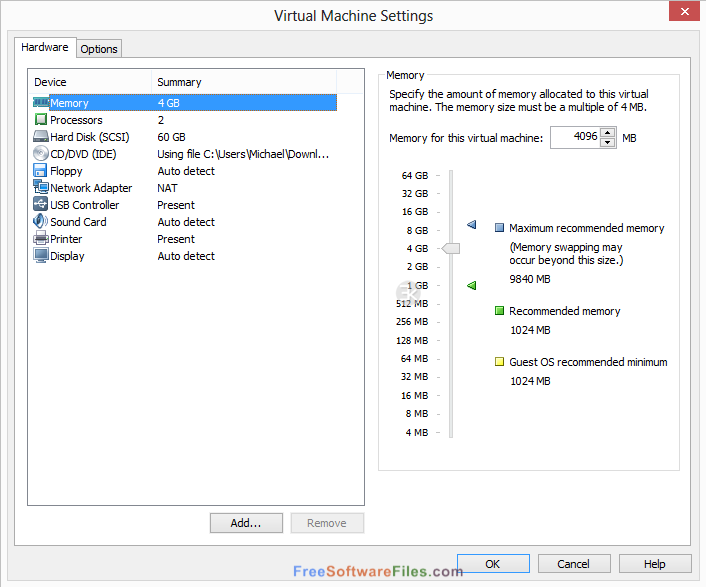

Only after vSphere has been upgraded on all the nodes in a cluster ! Such features may include increased resource limits, added support for new hardware… You can find the exhaustive list in the VMware documentation.

That’s why it is recommended, mind you not mandatory, to upgrade it to the latest version. From a purely functional standpoint, VM compatibility will dictate which vSphere version a VM can run on.Įach new VM hardware version brings additional features and improvements to the VM’s capabilities. What is VM compatibility?įirst off, a quick reminder on what VM compatibility (a.k.a. We will describe, in this article, how you can do it in vSphere 7. While upgrading is straightforward, downgrading can only be done in a few different ways and may be needed to ensure retro-compatibility.

However, in some instances, VM compatibility is sometimes the cause of issues according to the upgrade process. Everyone will agree that keeping your environment up to date is paramount to ensuring support and stability. Like most major versions, vSphere 7 brought new virtual hardware levels with many new features and improvements.


 0 kommentar(er)
0 kommentar(er)
